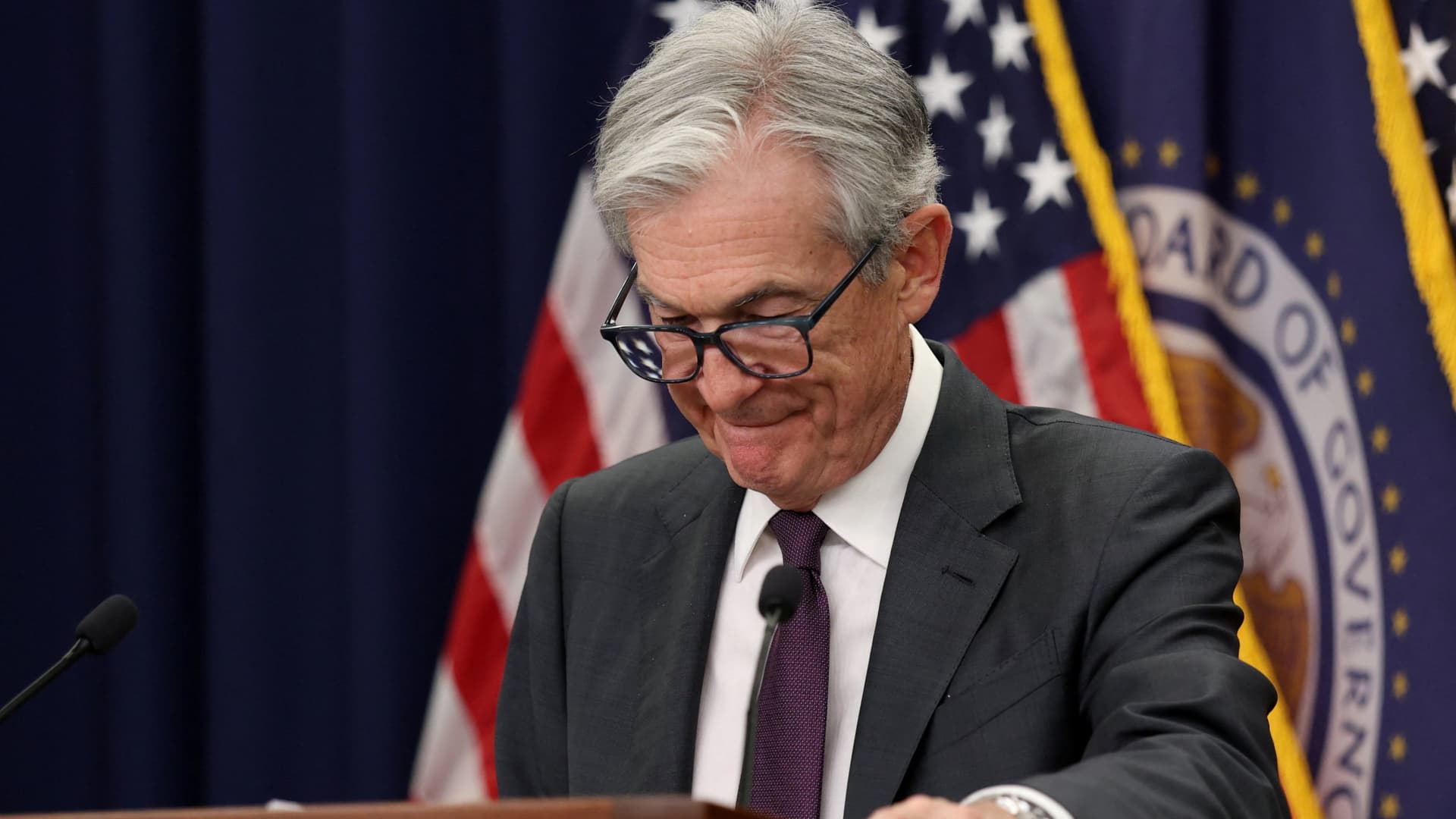Normally a unified group, Federal Reserve officials suddenly find themselves divided on when they should cut interest rates and by how much. How deep those divisions run should become clearer Wednesday when the central bank releases minutes from its July meeting. The July 29-30 meeting saw the Federal Open Market Committee vote to keep its key interest rate steady in a target range of 4.25%-4.5%. However, that decision came with two dissents from Board of Governors members, the first time that has happened in more than 30 years. Governors Michelle Bowman and Christopher Waller voted against the final statement, saying later that they wanted the committee to cut by a quarter percentage point. Since the meeting, public statements from Fed officials have fallen in various levels around the notion of cuts, with most still expressing caution about the unknown tariff impacts. However, many of the 11 or so candidates thought to be in the running to succeed Chair Jerome Powell have spoken out forcefully in favor of cuts. That raises the stakes for the minutes. Because the FOMC meetings do not take place in public, the minutes are the only chance for investors to get a glimpse at what happens there. Even then, transcripts don’t come out until five years later. The minutes “could fill in some blanks about how dug in the doves were and how intransigent the inflation hawks might’ve been in late July,” wrote market veteran Ed Yardeni, founder of Yardeni Research. Some things have changed since then: The July nonfarm payrolls count pointed to a further slowdown in the labor market, while inflation reports presented a mixed bag of moderating consumer prices but escalating pipeline pressures as producer costs rose . In the meantime, Trump officials have kept up the pressure for cuts. Treasury Secretary Scott Bessent told CNBC on Tuesday that the hot producer price index came largely from rising portfolio costs due to stock market gains. All the heat from the White House means that “the risk that economic policy decisions will be swayed by political pressure is increasing,” wrote Komal Sri-Kumar, head of Sri-Kumar Global Strategies. Fed officials assiduously avoid commenting on political matters, insisting that they make their decisions based solely on their policy goals of full employment and stable prices. However, with the high-profile sweepstakes happening for the Fed chair slot, maintaining that veneer could be more difficult, and investors likely will pore through the minutes for any appearance that politicking is exacting a toll on policy. “The Fed’s independence has always relied less on legal safeguards than on the shared norm that monetary policy is insulated from partisan interference,” Sri-Kumar added. “That norm is under siege.”
Fed minutes will be looked at for clues on policy and politics
